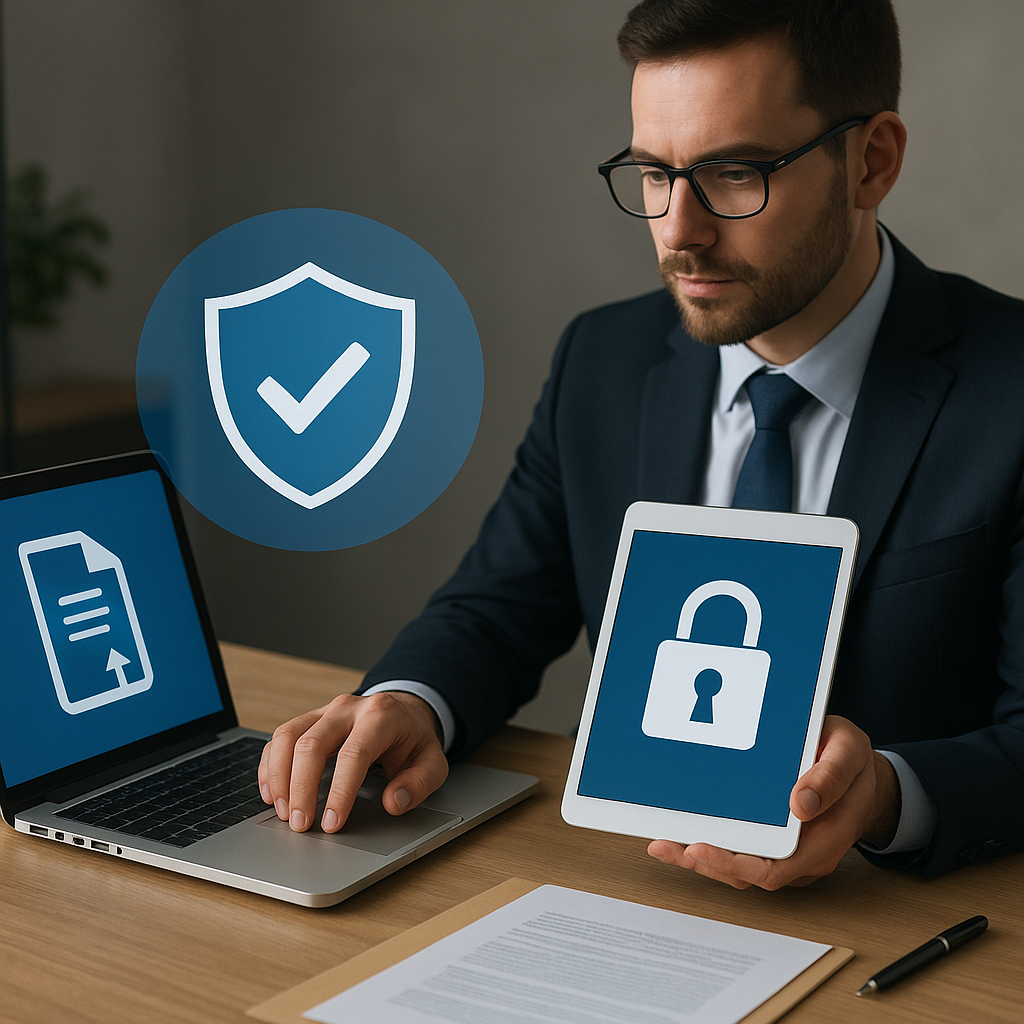Securing mobile devices from hackers is a critical concern in our increasingly digital world. With the rise of smartphones and tablets, the amount of personal and sensitive information stored on these devices has grown exponentially. As a result, hackers are constantly seeking new ways to exploit vulnerabilities and gain unauthorized access to this data. This article will explore effective strategies to protect your mobile devices from potential threats, ensuring your information remains safe and secure.
Understanding the Threat Landscape
Before diving into the methods of securing mobile devices, it is essential to understand the various threats that exist. Mobile devices are susceptible to a range of attacks, including malware, phishing, and network vulnerabilities. Each of these threats can compromise the security of your device and the data it holds.
Types of Threats
- Malware: Malicious software designed to infiltrate and damage devices. This can include viruses, worms, and spyware that can steal personal information or disrupt device functionality.
- Phishing: A tactic used by hackers to trick users into providing sensitive information, such as passwords or credit card numbers, often through deceptive emails or messages.
- Network Vulnerabilities: Public Wi-Fi networks can be a breeding ground for hackers. Unsecured networks allow attackers to intercept data transmitted between your device and the internet.
- Physical Theft: Losing your device or having it stolen can lead to unauthorized access to your personal information if proper security measures are not in place.
The Importance of Awareness
Being aware of these threats is the first step in securing your mobile device. Users often underestimate the risks associated with their devices, leading to complacency. Regularly educating yourself about the latest security threats and trends can help you stay one step ahead of potential attackers.
Best Practices for Securing Mobile Devices
Now that we have a better understanding of the threats, let’s explore practical steps you can take to secure your mobile devices effectively. Implementing these best practices can significantly reduce the risk of falling victim to cyberattacks.
1. Keep Your Software Updated
One of the simplest yet most effective ways to secure your mobile device is to keep its operating system and applications up to date. Software updates often include security patches that address known vulnerabilities. By regularly updating your device, you ensure that you are protected against the latest threats.
2. Use Strong Passwords and Biometric Authentication
Using strong, unique passwords for your device and applications is crucial. Avoid using easily guessable information, such as birthdays or common words. Instead, opt for a combination of letters, numbers, and special characters. Additionally, consider enabling biometric authentication, such as fingerprint or facial recognition, for an added layer of security.
3. Enable Two-Factor Authentication (2FA)
Two-factor authentication adds an extra layer of security by requiring not only a password but also a second form of verification, such as a text message or authentication app. Enabling 2FA on your accounts can significantly reduce the risk of unauthorized access, even if your password is compromised.
4. Be Cautious with Public Wi-Fi
While public Wi-Fi networks are convenient, they can also be dangerous. Avoid accessing sensitive information, such as banking details, while connected to public networks. If you must use public Wi-Fi, consider using a Virtual Private Network (VPN) to encrypt your internet connection and protect your data from prying eyes.
5. Install Security Software
Consider installing reputable security software on your mobile device. These applications can help detect and remove malware, block phishing attempts, and provide real-time protection against various threats. Look for security solutions that offer comprehensive features, including anti-theft measures and secure browsing options.
6. Regularly Review App Permissions
Many applications request access to various features on your device, such as your camera, microphone, or location. Regularly review the permissions granted to each app and revoke access to any that seem unnecessary. This practice can help minimize the risk of apps misusing your data.
7. Backup Your Data
Regularly backing up your data is essential in case your device is lost, stolen, or compromised. Use cloud services or external storage solutions to keep your important files safe. In the event of a security breach, having a backup ensures that you can restore your data without significant loss.
8. Be Wary of Links and Attachments
Phishing attacks often come in the form of emails or messages containing links or attachments. Be cautious when clicking on links or downloading files from unknown sources. Always verify the sender’s identity and look for signs of phishing, such as poor grammar or suspicious URLs.
9. Use Secure Messaging Apps
When communicating sensitive information, consider using secure messaging apps that offer end-to-end encryption. These apps ensure that only the intended recipient can read your messages, providing an additional layer of privacy and security.
10. Educate Yourself and Others
Staying informed about the latest security threats and best practices is vital. Share your knowledge with friends and family to help them secure their devices as well. A well-informed community is less likely to fall victim to cyberattacks.
Conclusion
Securing your mobile devices from hackers is an ongoing process that requires vigilance and proactive measures. By understanding the threats and implementing best practices, you can significantly reduce the risk of unauthorized access to your personal information. Remember that security is not a one-time effort but a continuous commitment to protecting your digital life. Stay informed, stay cautious, and take the necessary steps to keep your mobile devices secure.




